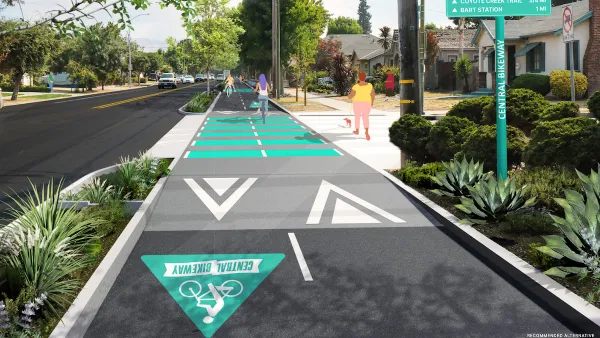Even during times of budget constraint, continued investment in parks is critical, as they provide proven benefits to public health, safety, climate resilience, and community well-being — particularly for under-resourced communities.

Parks are far more than recreational amenities; they are essential public infrastructure that support health, safety, and community well-being. Despite this, they are often among the first services to face cuts during fiscal downturns. Research consistently shows that parks help prevent chronic disease, reduce crime, improve mental health, and foster social cohesion — outcomes that translate to significant cost savings and stronger communities. Programs like Los Angeles County’s Parks After Dark demonstrate how free, accessible recreation in underserved areas can lead to measurable health and safety benefits.
Parks also play a crucial role in climate resilience and environmental stewardship. With their cooling tree canopies, stormwater management functions, and capacity to improve air quality, parks serve as natural infrastructure helping communities adapt to climate change. Initiatives like the transformation of former brownfields into vibrant parks show how land restoration can provide environmental, social, and other benefits. These spaces also contribute to decarbonization efforts through native landscaping, renewable energy use, and promotion of active transportation.
Investing in parks yields high returns: for every dollar spent, up to four dollars in economic, environmental, and health benefits are generated. Moreover, equitable park investment advances racial justice and repairs long-standing disparities in access to green space. As communities face compounding crises — from climate stress to social fragmentation — parks emerge as a unifying and stabilizing force. The question is not whether we can afford to fund parks, but whether we can afford not to.
FULL STORY: Why We Must Keep Investing in Parks

Planetizen Federal Action Tracker
A weekly monitor of how Trump’s orders and actions are impacting planners and planning in America.

Silicon Valley ‘Bike Superhighway’ Awarded $14M State Grant
A Caltrans grant brings the 10-mile Central Bikeway project connecting Santa Clara and East San Jose closer to fruition.

Amtrak Cutting Jobs, Funding to High-Speed Rail
The agency plans to cut 10 percent of its workforce and has confirmed it will not fund new high-speed rail projects.

Tesla Announced Human-Assisted Robotaxi Launch in San Francisco — But State Regulators Say Otherwise
The electric carmaker appears to be both-sides-ing its impending launch, telling regulators it will have human drivers on board while touting the project as ‘robotaxis’ to investors.

Indianapolis Encourages Tactical Urbanism With Lending Library, Grant Program
Residents can apply to receive assistance with traffic calming projects that can provide valuable data and lead to permanent changes.

Jacksonville Completes Park Street Road Diet
The half-mile corridor now features new bike lanes and sidewalks, as well as roundabouts and new landscaping.
Urban Design for Planners 1: Software Tools
This six-course series explores essential urban design concepts using open source software and equips planners with the tools they need to participate fully in the urban design process.
Planning for Universal Design
Learn the tools for implementing Universal Design in planning regulations.
Yukon Government
Caltrans
New Jersey Institute of Technology
Mpact (founded as Rail~Volution)
City of Camden Redevelopment Agency
City of Norman, Oklahoma
City of Portland
City of Laramie





























